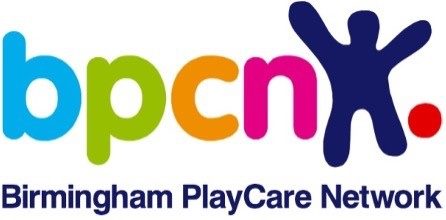Do you as a setting feel confident in your partnership working? Are you able to recognise the importance of doing so in the context of childcare provision and support?
Ofsted inspectors are very keen to see evidence of communication between out of school clubs and reception teachers.
“Providers must enable a regular two-way flow of information with parents and/or carers, and between providers, if a child is attending more than one setting.”
(EYFS 2017, Para 3.68)
Settings must make time to discuss the Early Years Foundation Stage (EYFS) children with the primary provider, for example the reception teacher. However, the focus of this is no longer to discuss progress against the learning and development goals, but more to discuss the children in more general terms with a greater focus on their physical and social development.
Have you reviewed your contacts with the primary providers for any early year’s children at your setting? If you find that there has been little or no communication, you still have time to get things in order before the end of term, so that that you are meeting your statutory requirements
Make an appointment with the reception teacher to discuss the individual needs of the EYFS children attending your club, note down key areas such as likes and dislikes and areas where the child needs some support. Ask the teacher to sign and date your meeting (this is your evidence of partnership communication)
You must also explain to parents how you are supporting their children with the Early Years Foundation Stage framework. For example, what resources you have that reflect the areas of learning and development, providing a caring and nurturing environment and qualified staff.
If you find primary teachers are difficult to obtain for a meeting, then try emailing, but always keep copies of your emails to highlight that you have tried to create a flow of communication.
Finally remind yourself of your staff team and the child’s teacher that it is everyone’s responsibility to safeguard children and you are following the government guidance from the “working together to safeguard children 2015” documentation to create partnership working.
